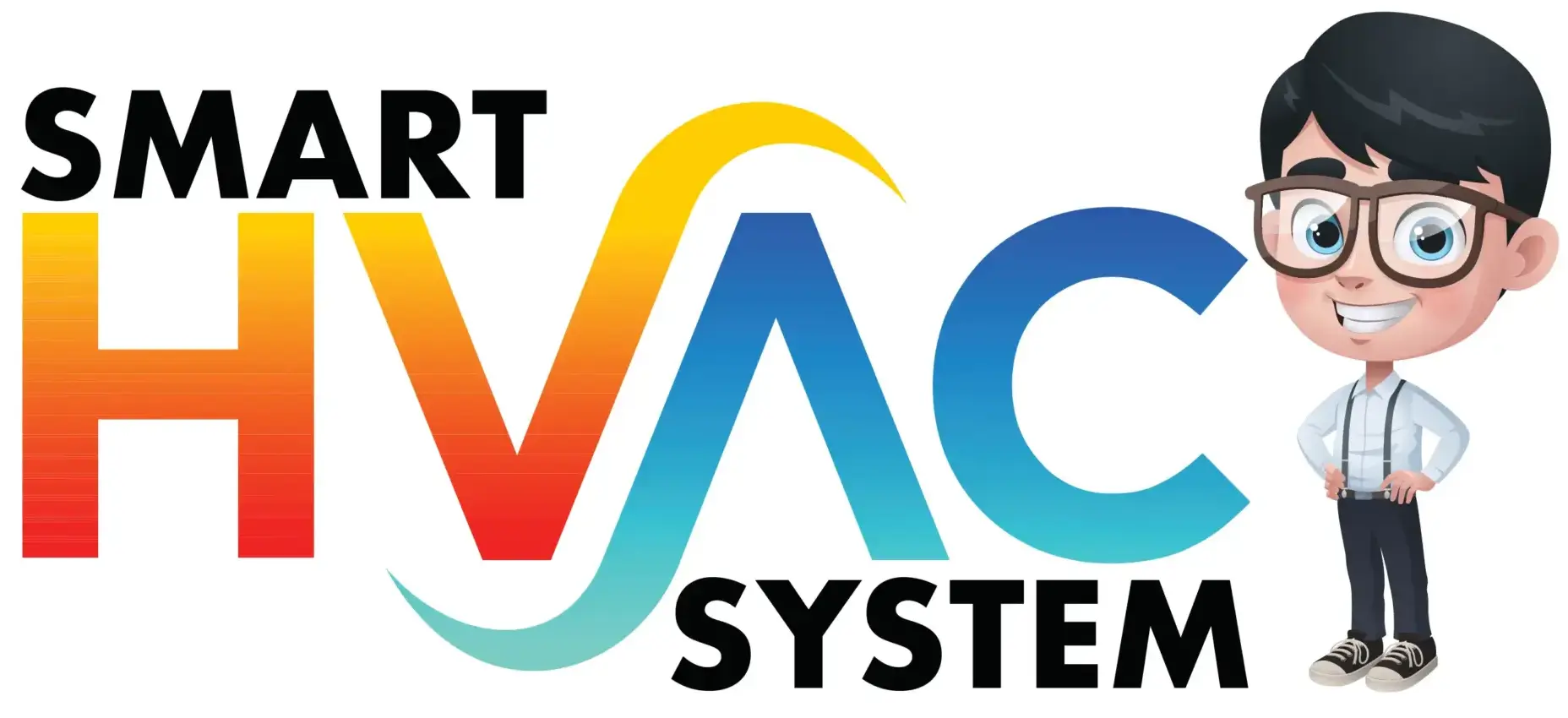Want to keep your AC running efficiently without always calling in the pros? Good news—there are several air conditioning maintenance tasks you can safely handle yourself. However, there are also certain things best left to qualified HVAC technicians. In this article, we break down what’s safe to DIY and what should stay in expert hands so you can keep your system performing at its best—safely and affordably.
Why DIY Maintenance Matters
Routine care of your air conditioner helps improve efficiency, reduce energy costs, extend equipment lifespan, and prevent costly repairs. Even basic steps like replacing a filter or cleaning the outdoor unit can make a big difference. Best of all, many of these tasks require no special tools or training.
DIY Task #1: Replace or Clean Air Filters
Perhaps the easiest and most essential maintenance job is changing the air filter. A clogged filter restricts airflow and forces your system to work harder, increasing wear and energy use.
- Check your filter every month during heavy use seasons.
- Replace disposable filters every 1–3 months or as needed.
- Wash reusable filters with water and let them dry before reinserting.
This simple action supports healthy airflow and better indoor air quality.
DIY Task #2: Clean the Outdoor Condenser Unit
Your AC’s outdoor unit is exposed to the elements and often accumulates dirt, leaves, and debris. A blocked unit can reduce system performance.
- Turn off power at the disconnect box or breaker.
- Clear leaves, grass clippings, and debris from around the unit.
- Spray the coils with a garden hose (not a pressure washer) from the inside out.
- Use a fin comb to straighten bent fins, if needed.
Performing this part of air conditioning maintenance once or twice per season can greatly improve cooling efficiency.
DIY Task #3: Keep Vents and Registers Clean
Blocked or dirty air vents can disrupt airflow and lead to uneven cooling.
- Vacuum vent covers regularly to remove dust buildup.
- Ensure furniture or curtains are not blocking any registers.
While simple, this task helps your system deliver air more effectively throughout the house.
DIY Task #4: Flush the Condensate Drain Line
A clogged drain line can cause water backups, leaks, and mold. Keep it clear by flushing it every few months.
- Locate the drain line near the indoor unit (usually a PVC pipe).
- Pour a cup of distilled white vinegar down the line to kill bacteria and algae.
Doing this regularly can prevent water damage and extend the life of your unit.
DIY Task #5: Monitor System Performance
Pay attention to how your AC operates. Are some rooms hotter than others? Is your system constantly cycling on and off? Are energy bills rising? These may be signs of a hidden issue. While you may not fix them yourself, noting performance trends helps technicians diagnose problems quickly.
What You Shouldn’t Do
While DIY maintenance is valuable, certain tasks should be left to professionals to ensure safety and system integrity.
❌ Don’t Handle Refrigerant
Checking or recharging refrigerant requires EPA certification. Leaks can be dangerous and reduce efficiency. If you suspect low refrigerant, call a technician immediately.
❌ Don’t Disassemble Electrical Components
Capacitors, wiring, and contactors carry high voltage. Never attempt to repair or replace these parts yourself—doing so can result in serious injury or further damage.
❌ Don’t Ignore Loud Noises or Strange Smells
Grinding, screeching, or burning odors indicate serious mechanical or electrical issues. Shut down the system and contact a professional for inspection.
❌ Don’t Skip Professional Tune-Ups
Even if you’re diligent with DIY care, annual inspections are essential. Certified technicians from providers like Smart HVAC System can perform detailed checks, calibrations, and tests that go beyond surface-level maintenance.
What a Professional Maintenance Visit Includes
To complement your DIY efforts, a licensed HVAC technician will usually provide:
- Refrigerant level testing and recharge (if needed)
- Electrical system inspection and tightening
- Thermostat calibration
- Compressor and fan motor assessment
- Complete cleaning of coils and internal components
These advanced services are critical to complete air conditioning maintenance and ensuring long-term reliability.
DIY vs. Professional Maintenance: The Balance
| DIY Tasks | Professional Tasks |
|---|---|
| Replace air filters | Test refrigerant levels |
| Clean outdoor unit | Inspect electrical components |
| Flush drain line | Calibrate thermostat |
| Check for airflow obstructions | Deep clean coils |
Conclusion
DIY air conditioning maintenance is a great way to stay proactive, save money, and extend the life of your cooling system. But it’s just one part of the equation. By combining basic homeowner care with professional expertise from providers like Smart HVAC System, you’ll enjoy peak performance, fewer breakdowns, and a healthier, more comfortable home.
Stay informed, stay safe, and schedule your seasonal check-up today!
READ MORE:
